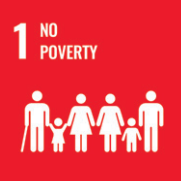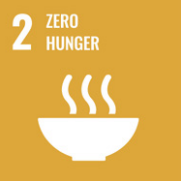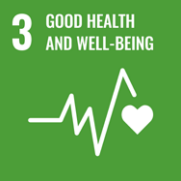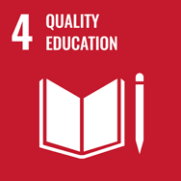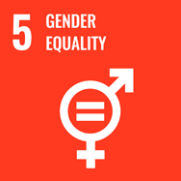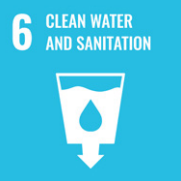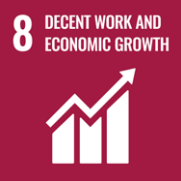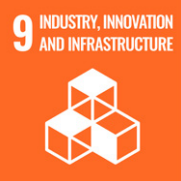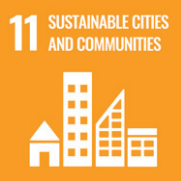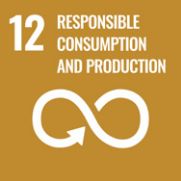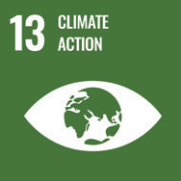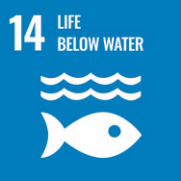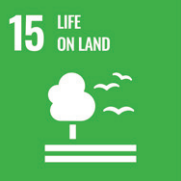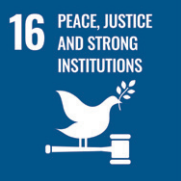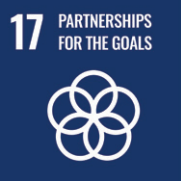SDG Goals
Reduced Inequalities
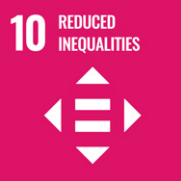

Goal 10: Reduced Inequalities
The richest of 10% are having up to 40% of global income. On the other hand, the poorest 10% earn only between 2 to 7% which means income inequality is on the rise. Population growth inequality in developing countries, inequality has increased by 11%, we have to take this into the account.
At different speeds, in recent decades, income inequality has increased in nearly everywhere. It’s highest in the Middle East and lowest in Europe.
To empower lower income earners, and promote economic inclusion of all regardless of sex, ethnicity or race, these widening disparities require sound policies.
There is the requirement of global solutions for the income inequality. The regulation and monitoring of financial markets and institutions, foreign direct investment to regions where the need is greatest and encouraging development assistance is involved in income inequality, the key to bridging the widening divide, mobility of people and facilitating the safe migration.
Facts and Figures:
- 1 In 2016, 22% of global income was received by the top 1% compared with 10% of income for the bottom 50%.
- 2 In 1980, the top 1% had 16% of global income. The bottom 50% had 8% of income.
- 3 Economic inequality is largely driven by the unequal ownership of capital. Since 1980, very large transfers of public to private wealth occurred in nearly all countries. The global wealth share of the top 1% was 33% in 2016.
- 4 Under "business as usual", the top 1% global wealth will reach 39% by 2050.
- 5 Women spend, on average, twice as much time on unpaid housework as men.
- 6 Women have as much access to financial services as men in just 60% of the countries assessed and to land ownership in just 42% of the countries assessed.

